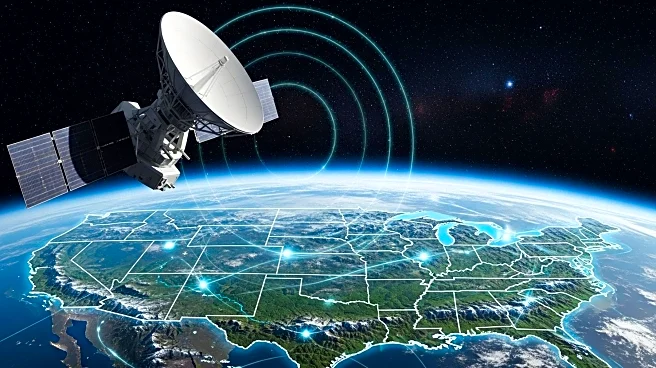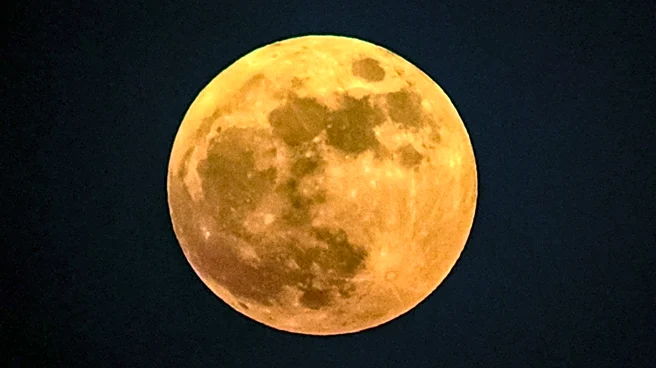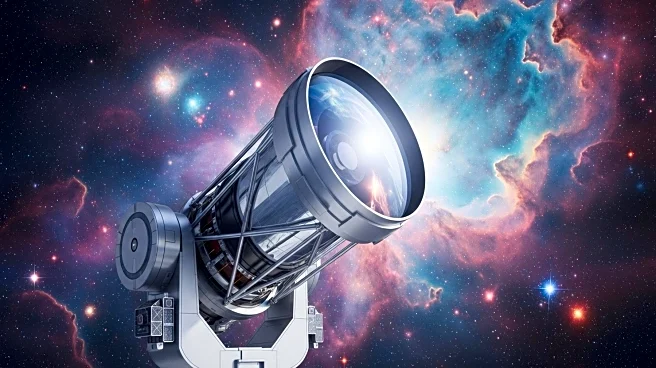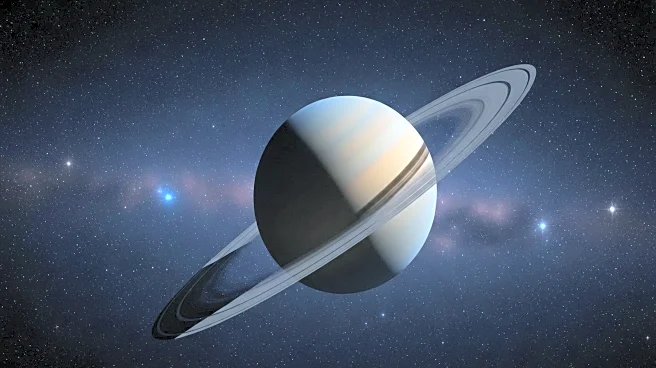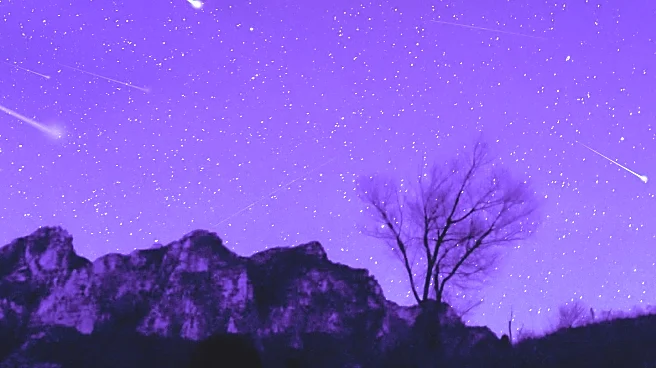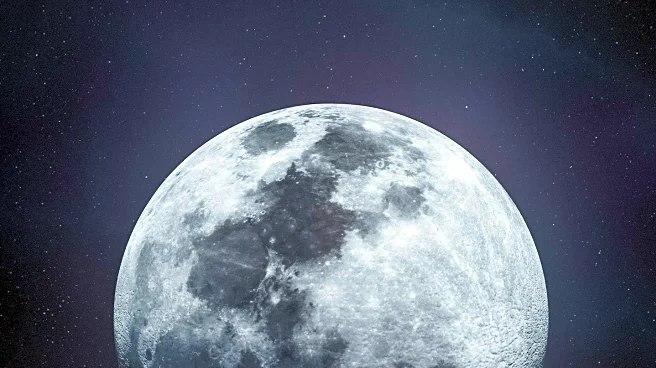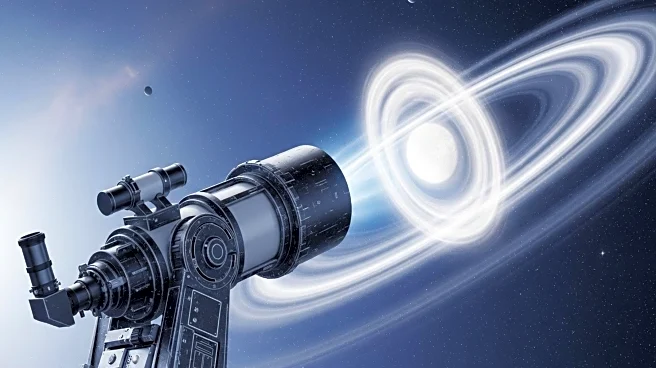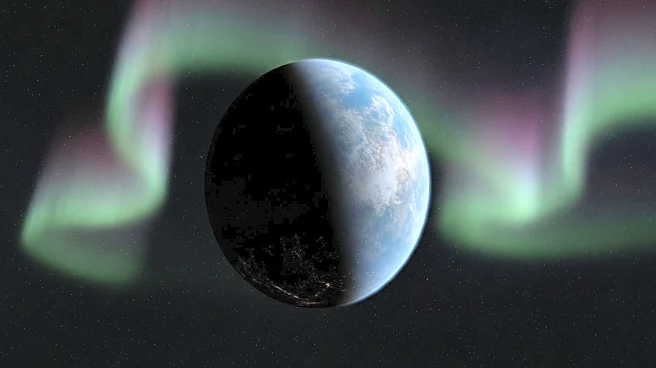What's Happening?
NASA has announced a series of skywatching events for October 2025, including a supermoon and two meteor showers. The supermoon, occurring on October 6, will appear larger and brighter than a typical full moon due to its proximity to Earth, known as perigee. This event coincides with 'International Observe the Moon Night' on October 4, encouraging global participation in moon-viewing activities. Additionally, the Draconid meteor shower will be visible from October 6 to 10, peaking around October 8, with meteors originating from the constellation Draco. Later in the month, the Orionid meteor shower, peaking on October 21, will offer a display of meteors as Earth passes through debris from Halley's Comet.
Why It's Important?
These celestial events provide unique opportunities for public engagement with astronomy and space science. The supermoon and meteor showers offer educational moments for amateur astronomers and enthusiasts to observe and learn about lunar and meteor phenomena. Such events can inspire interest in space exploration and science, potentially influencing educational and career paths in STEM fields. The visibility of these events across the U.S. allows widespread participation, fostering a sense of community and shared experience in observing the night sky.
What's Next?
Following the supermoon and Draconid meteor shower, skywatchers can look forward to the Orionid meteor shower, which will peak on October 21. This event will be particularly visible due to the new moon, providing darker skies for optimal viewing. NASA encourages the public to find dark locations away from city lights to maximize their viewing experience. These events are part of NASA's ongoing efforts to engage the public in space science and exploration.
Beyond the Headlines
The supermoon and meteor showers highlight the dynamic nature of our solar system and the ongoing interaction between Earth and celestial bodies. These events also underscore the importance of preserving dark skies, free from light pollution, to maintain the ability to observe such natural phenomena. The cultural and historical significance of these events, often celebrated in folklore and tradition, adds a layer of human connection to the scientific observations.

